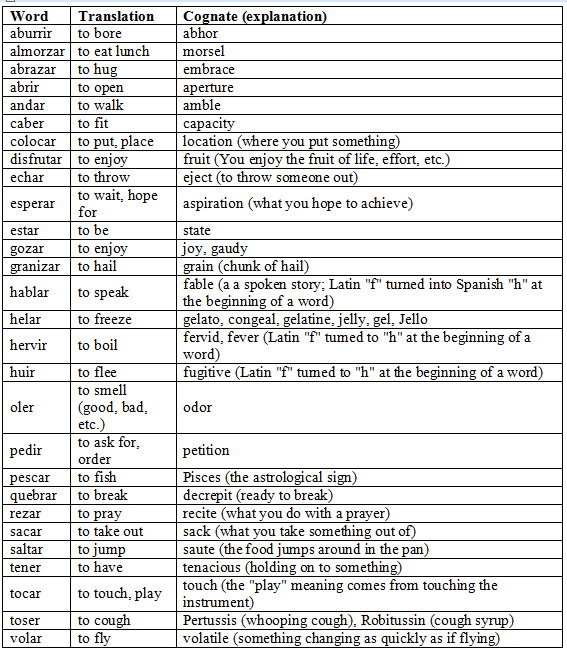[Today is Spanish Friday so this post is in Spanish. ¡Scroll down for English translation!]
Hoy tardé quince minutos en leer una línea de una novela española.
La novela es El séptimo velo, por Juan Manuel de Prada, un escritor español. Se publicó en 2007 y ganó el Premio Biblioteca Breve. Es larga (no comprendo el “Breve”) y bastante difícil de leer, con un vocabulario riquísimo. Si no hubiera adoptado la filosofía de “just read“, tardaría meses en leerla. El séptimo velo es la historia del amor trágico entre Lucía, una artista circense refugiada en Francia durante la Segunda Guerra Mundial, y Jules, un soldado francés amnésico.
En las semanas finales de la guerra, mientras el padre de Lucía está muriendo lenta y dolorosamente, Jules, tras leer en un periódico sobre la situación sociopolítica francesa, declara su incomprensión de la mezquindad de la gente, que se divide en la que debe ser su hora más unida. El padre recurre a un refrán español: “Cada cual arrima el ascua a su sardina”.
Fue esa frase que me tardó quince minutos, primero en comprender, luego en disfrutar. Una traducción palabra por palabra resultó completamente sin sentido: “Everybody brings an ember to his own sardine.” Gracias a Dios encontré una discusión bien informada sobre el refrán en el foro de Vocabulario Español/Inglés en Wordreference.com. Un tal “Oriental” (un apodo) lo explicó así:
Este refrán nació en Andalucía, cuando la sardina era plato habitual entre los braceros. Las comidas se hacían en común y todos se disponían alrededor de una fogata de manera que cada uno asaba su ración, tomaba un ascua, y la iba arrimando sólo a su propia sardina. De este modo, la hoguera se debilitaba, e incluso llegaba a apagarse. Nadie se preocupaba de volver a encender porque no lo entendían como cosa suya. El asunto llegó a tal punto que acabaron por suprimir la sardina de los almuerzos. El refrán quedó como muestra de la insolidaridad de los hombres.
Otros comentaron que el refrán inglés más cercano es “looking out for number one”, es decir sí mismo, pero a este le falta la implicación que las acciones individuales vayan reduciendo el bienestar comunitario.
Además del interés histórico del refrán mismo, la palabra ascua me pareció muy interesante. Es uno de los pocos sustantivos españoles masculinos (como mapa) que terminan en -a, pero no en -ma, ni en -ista. También es una palabra de etimología incierta. La RAE no ofrece ninguna etimología; el Breve diccionario etimológico de la lengua castellana (Joan Corominas, 1973) elimina orígenes posibles germánicos y vascos, sugiriendo un origen “probable” prerromano.
Así fue: un trozo del español difícil pero riquísimo.
——————————————————————————————————————-
Today, it took me fifteen minutes to read one line of a Spanish novel.
The novel is El séptimo velo (“The Seventh Veil”), by Juan Manuel de Prada, a Spanish writer. It was published in 2007 and won the Biblioteca Breve prize. It’s long (why “Breve”, I have no idea) and fairly hard going, with an extremely rich vocabulary. If I hadn’t adopted the philosophy of “just read“, it would take me months to finish it. El séptimo velo is the story of the tragic love between Lucía, a Spanish circus performer who is a refugee in France during the Second World War, and Jules, an amnesiac French soldier.
In the last weeks of the war, as Lucía’s father is slowly and painfully dying, after Jules reads in a newspaper about the sociopolitical situation in France, he exclaims that he can’t understand how the French people are being so selfish and divided at a time when they should be the most united. As an explanation, the father quotes the Spanish proverb “Cada cual arrima el ascua a su sardina”.
This is the sentence that took me fifteen minutes, first to understand, then to appreciate. A literal translation is impossible, resulting in something like “Everybody brings an ember to his own sardine.” Fortunately I found a well-informed discussion of this proverb in the Spanish/English Vocabulary Forum on Wordreference.com. A contributor with the moniker “Oriental” explained:
This saying comes from Andalusia, in the days when sardines were a regular dish for laborers. Cooking was communal and everyone sat around a bonfire so that each person, to roast their portion, would take an ember and bring it close to their own sardine. This meant that the bonfire would weaken and even go out. Nobody relit it because they didn’t see it as their own responsibility. The situation got so bad that they stopped having sardines for lunch. The proverb remained as a proof of mankind’s lack of solidarity.
Others commented that the closest English expression is “looking out for number one”, that is, for oneself, but that the English version lacks the implication that the individual actions diminish the group’s well-being.
Besides the historical interest of the proverb, the word ascua “ember” itself turned out to be quite interesting. It’s one of the few masculine Spanish nouns (like mapa) that ends in -a, but not -ma or -ista. Also, its origin is uncertain. The Real Academia doesn’t give any etymology. Joan Corominas’s Breve diccionario etimológico de la lengua castellana (1973) rules out a possible Germanic or Basque origin, and suggests that the word is probably pre-Roman.
So there you have it: a challenging but rewarding morsel of Spanish.









